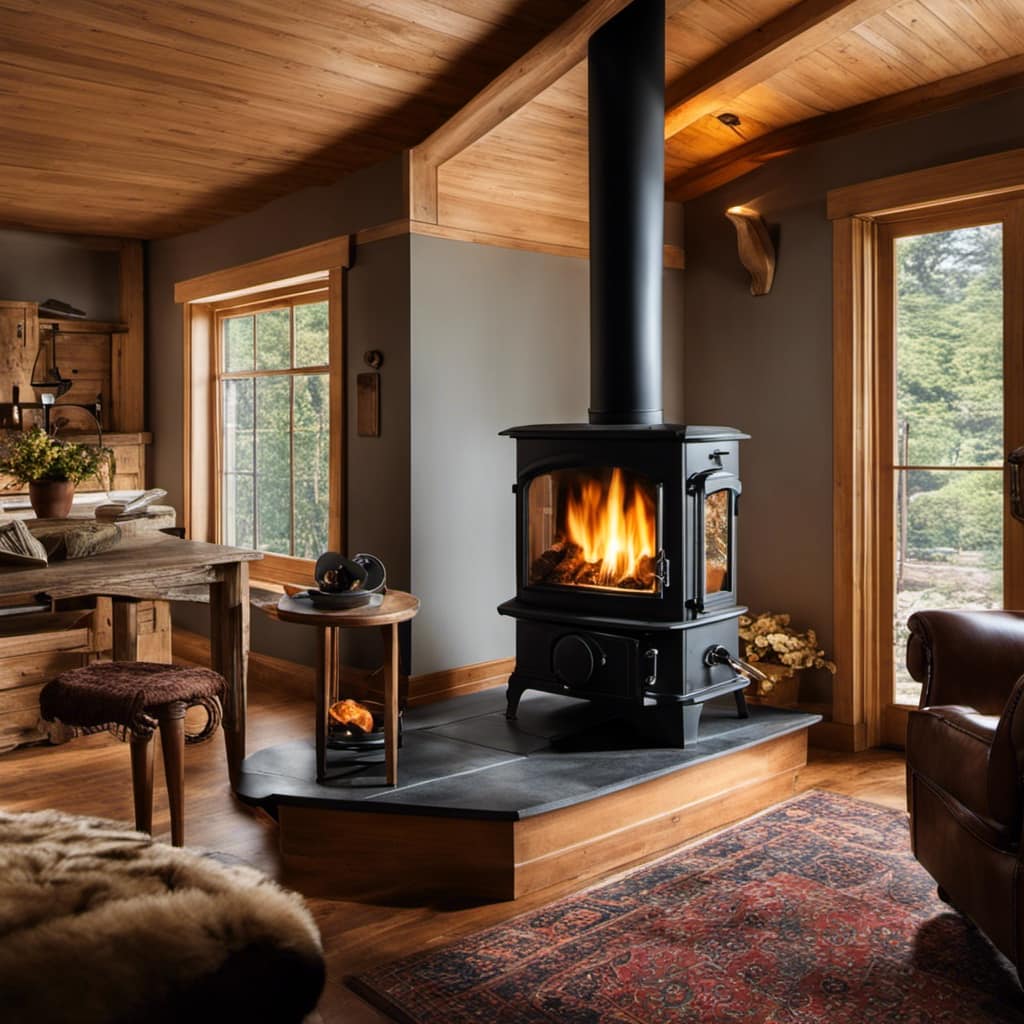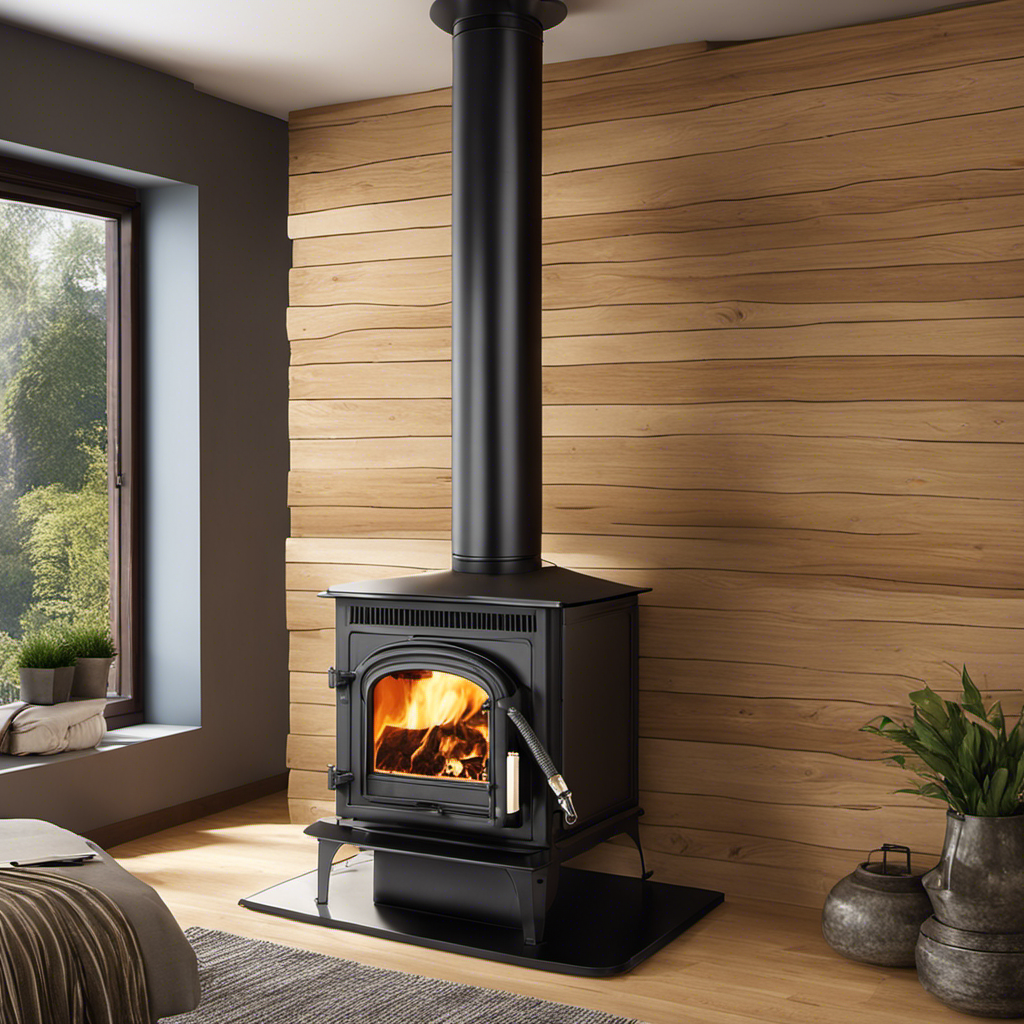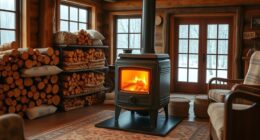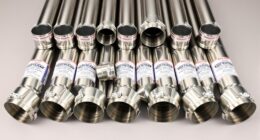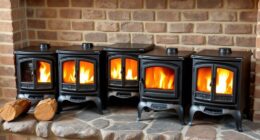I possess a solution to combat the bothersome backdraft issue in your wood stove.
Imagine cozying up to a warm fire, only to have the smoke billowing back into your home. Frustrating, right? Well, fear not!
In this article, I’ll guide you through the steps to stop downdraft in your wood stove.
We’ll explore the causes, assess airflow, install a stove pipe damper, and even utilize external air supplies.
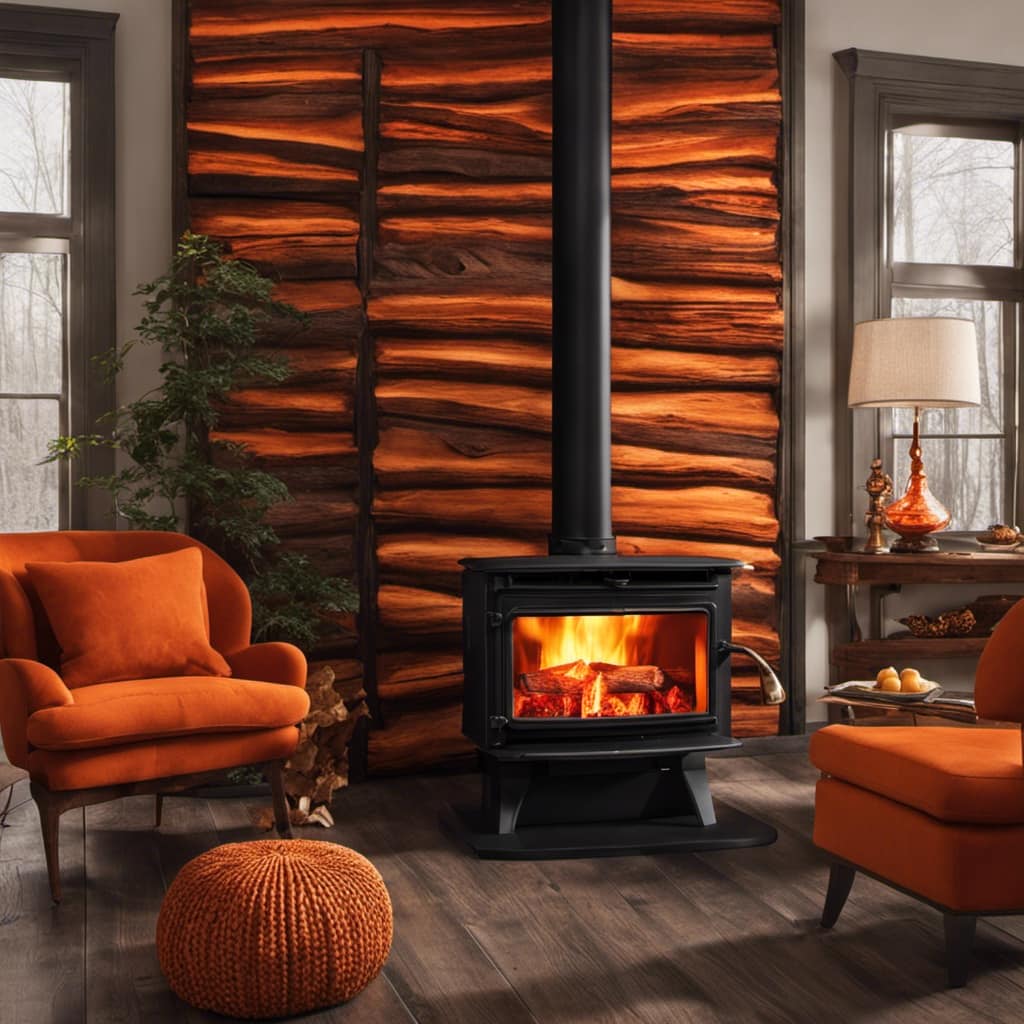
Say goodbye to smoke-filled rooms and hello to a perfectly functioning wood stove.
Key Takeaways
- Insufficient chimney height and excessive air leakage in the house can cause downdraft in a wood stove.
- Checking the chimney and stovepipe for obstructions, ensuring proper installation, minimizing bends and restrictions in the stovepipe, and adjusting the damper can help improve airflow and prevent downdraft.
- Installing a stove pipe damper can provide improved draft control, increased energy efficiency, minimized heat loss through insulation, and enhanced safety with a chimney cap.
- Utilizing external air supplies, such as an external air supply system, can help bypass indoor air, prevent negative pressure from affecting stove performance, and maintain a steady and efficient burn.
Understanding the Causes of Downdraft
I can better prevent downdraft in my wood stove by understanding the causes behind it. Preventing backdraft and troubleshooting downdraft problems require a thorough understanding of the factors that contribute to this issue.
One common cause of downdraft is insufficient chimney height. If the chimney isn’t tall enough, it may not create enough draft to properly pull the smoke up and out of the stove.
Another factor to consider is air leakage in the house. When there’s excessive air leakage, it can disrupt the proper flow of air in the chimney, leading to downdraft.
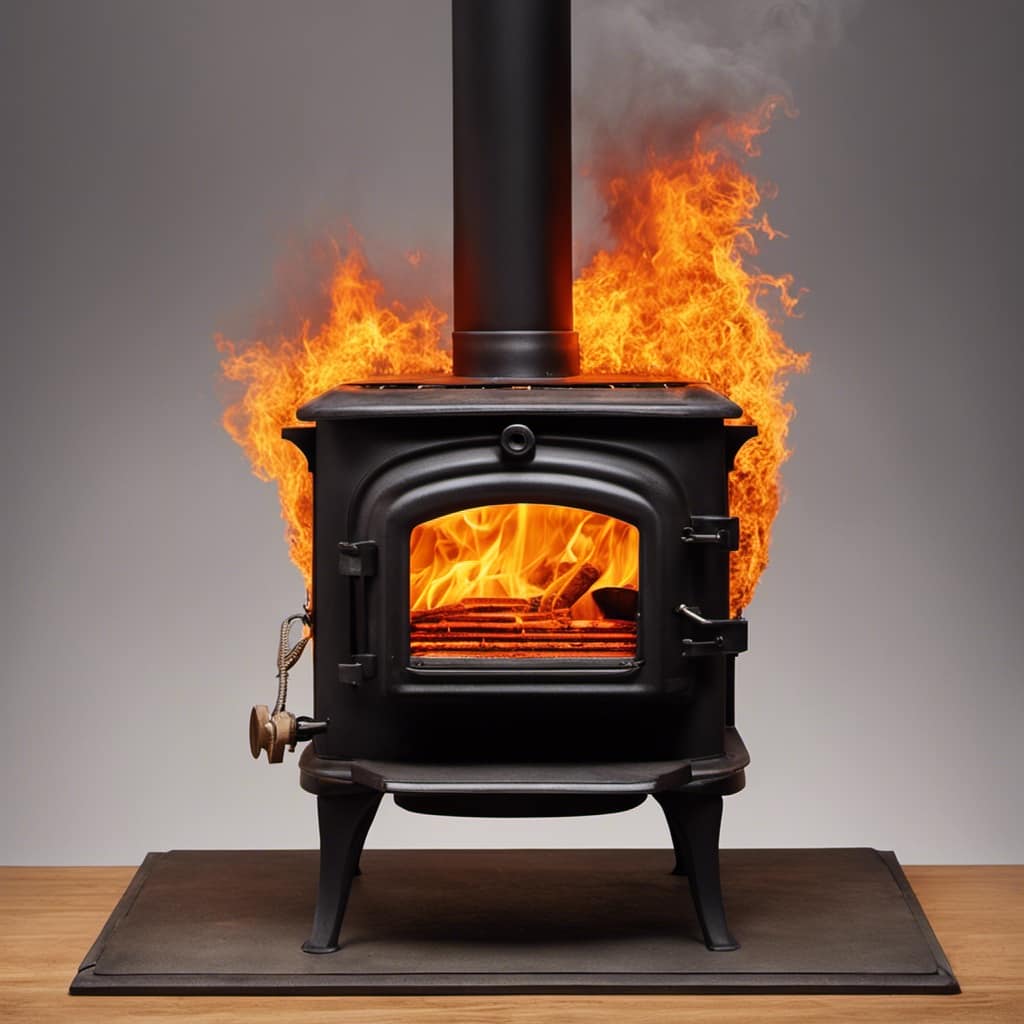
Additionally, wind direction and nearby obstructions can impact downdraft.
Assessing and Improving Airflow in Your Wood Stove
To improve the airflow in my wood stove, I need to assess and make adjustments. Evaluating the ventilation systems and troubleshooting any chimney obstructions are crucial steps in ensuring proper airflow. By following these steps, I can optimize the performance of my wood stove and prevent downdraft issues.
One way to evaluate the ventilation system is by checking the chimney for any obstructions. This can be done by visually inspecting the chimney from the outside and using a flashlight to look for any blockages. Additionally, using a chimney brush can help remove any accumulated debris or creosote buildup.
Another important aspect to consider is the stovepipe. It should be properly sized and installed to ensure efficient airflow. Any bends or elbows in the stovepipe should be minimal and positioned correctly to avoid any restrictions.
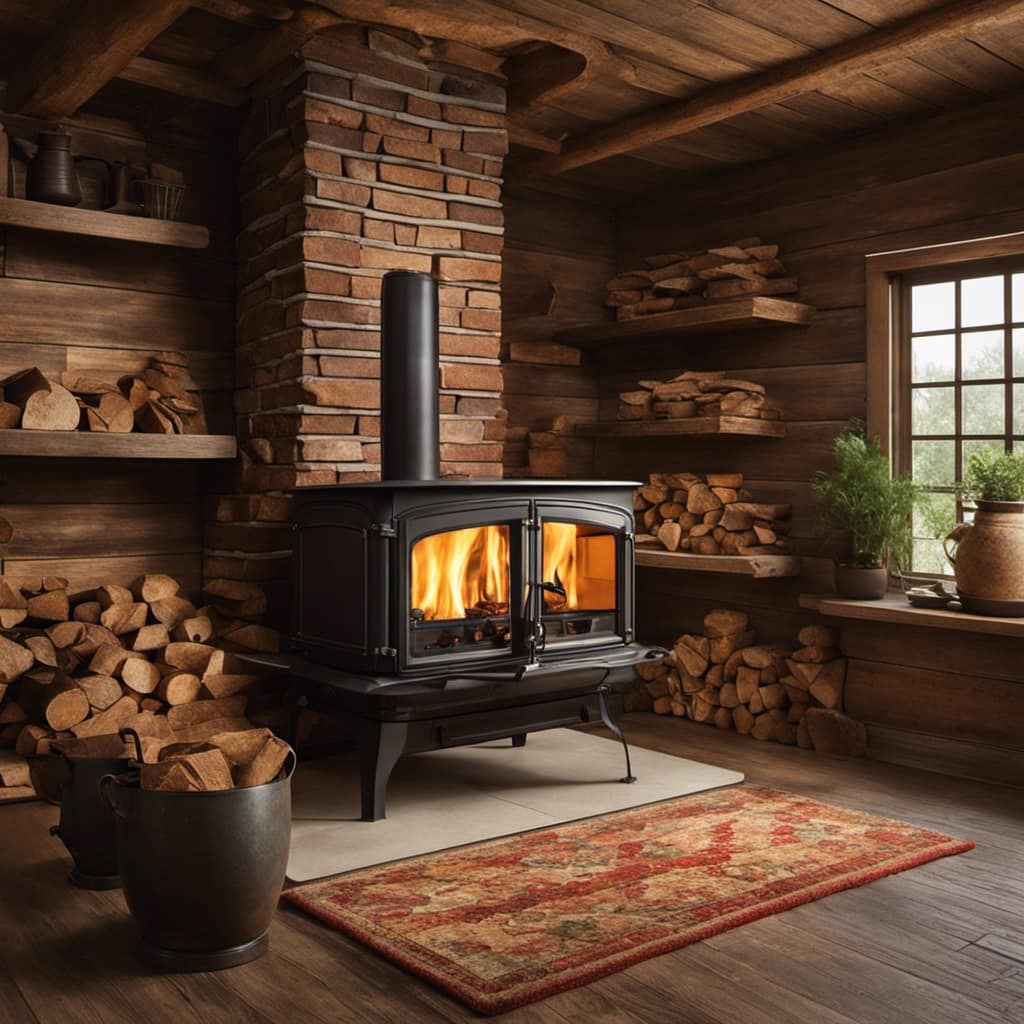
Lastly, it’s important to assess the damper and adjust it accordingly. The damper controls the amount of air entering the stove and can greatly impact the airflow. Adjusting the damper can help regulate the combustion process and improve overall airflow.
Installing a Stove Pipe Damper for Downdraft Prevention
Installing a stove pipe damper can help prevent downdraft issues in my home. It’s a simple and effective solution to regulate the airflow in the stove pipe, ensuring that smoke and gases are properly vented out of the chimney.
Here are four key benefits of installing a stove pipe damper:
Improved Draft Control: A damper allows you to easily adjust the amount of air entering the stove, helping to optimize the combustion process and prevent downdrafts.
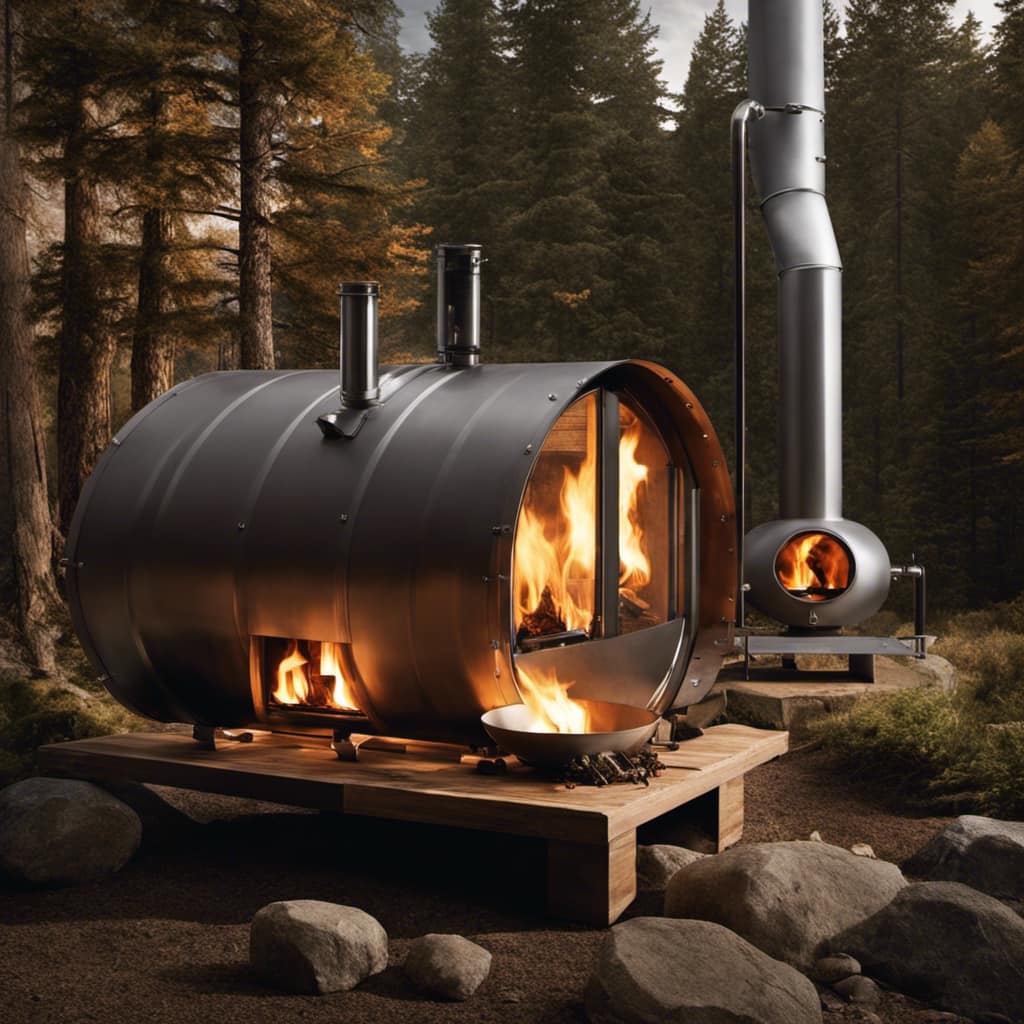
Energy Efficiency: By controlling the airflow, a damper helps improve the overall efficiency of your wood stove, reducing heat loss and increasing fuel efficiency.
Minimize Heat Loss: Along with a damper, it’s essential to insulate the stove pipe to prevent heat loss. Stove pipe insulation can significantly reduce the amount of heat that escapes through the chimney.
Enhanced Safety: Installing a damper and chimney cap can provide added safety by preventing downdrafts, reducing the risk of smoke and gases entering your home.
Consider installing a stove pipe damper and insulating the pipe to improve the performance and safety of your wood stove.
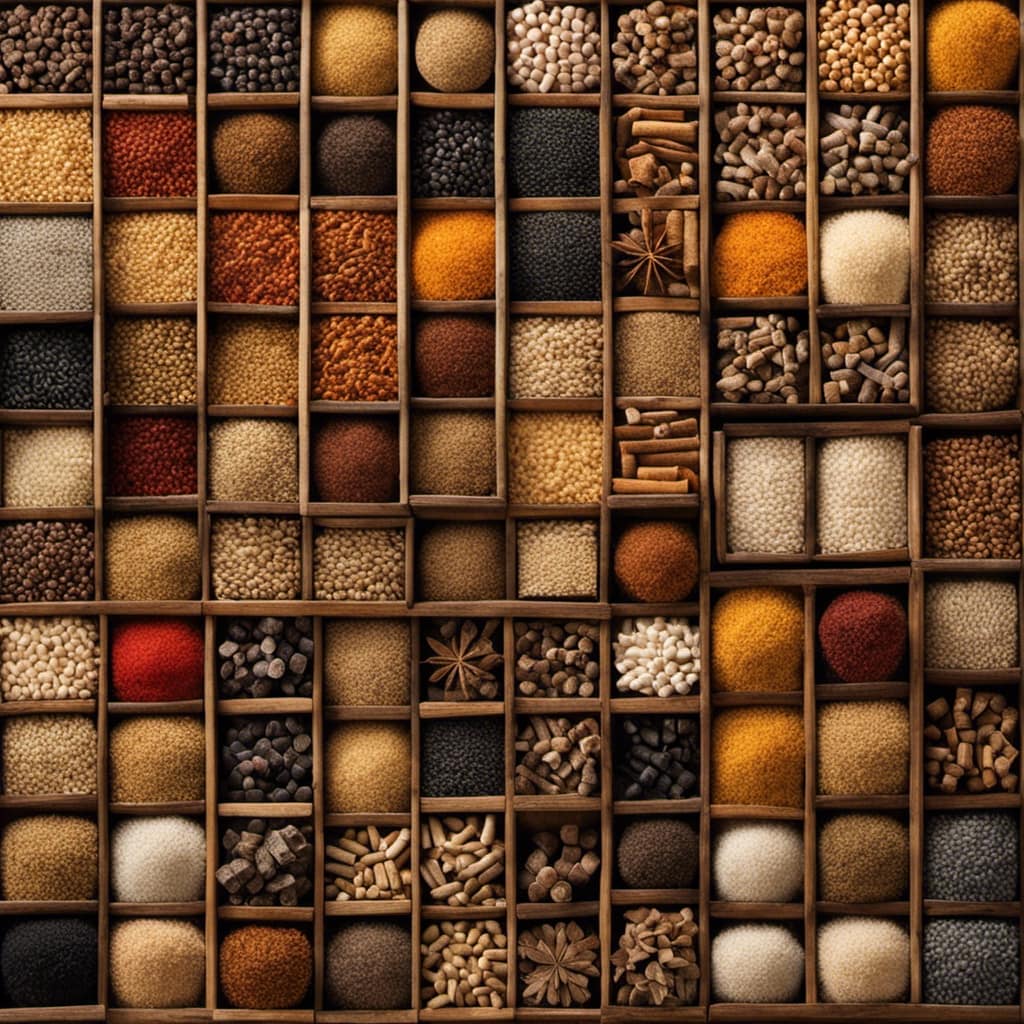
Utilizing External Air Supplies to Combat Downdraft
Using an external air supply can help combat the issue of downdraft in my home.
External air supplies, also known as outside air kits or fresh air intake systems, are designed to provide a direct source of combustion air to the wood stove, bypassing the indoor air.
This helps to prevent the negative pressure inside the house from affecting the stove’s performance and causing downdraft.
By drawing in air from outside, the stove can maintain a steady and efficient burn, reducing the chances of downdraft occurrence.

These external air supplies can be easily installed and are compatible with most wood stove models.
Now, let’s explore some additional tips and tricks for eliminating downdraft in your wood stove.
Can Starting a Fire in a Wood Stove Help Prevent Downdraft?
Yes, starting a fire in a wood stove can help prevent downdraft. By creating a strong upward draft, the heat from the starting fire wood stove will draw air up through the chimney, minimizing the potential for downdraft to occur.
Additional Tips and Tricks for Eliminating Downdraft in Your Wood Stove
I’ve found that adjusting the damper position can help improve the airflow and minimize the effects of downdraft in my home. However, there are a few additional tips and tricks that can further eliminate downdraft in your wood stove. Here are some suggestions to consider:
Additional insulation: Ensuring that your home is properly insulated can help maintain a consistent temperature and prevent cold air from infiltrating your wood stove.

Chimney cap maintenance: Regularly inspecting and cleaning your chimney cap is crucial to prevent blockages and maintain proper airflow. A clogged chimney cap can contribute to downdraft issues.
Seal air leaks: Identifying and sealing any air leaks around your wood stove can significantly reduce downdraft. Use caulk or weatherstripping to seal gaps and cracks.
Install a chimney fan: Consider installing a chimney fan to improve the draft in your wood stove. This device helps to create a steady flow of air and eliminate downdraft.
Frequently Asked Questions
How Can I Tell if My Wood Stove Is Experiencing Downdraft?
I can tell if my wood stove is experiencing downdraft by observing the signs of poor ventilation, such as smoke or odors coming into the room, difficulty in starting fires, or excessive ash buildup.
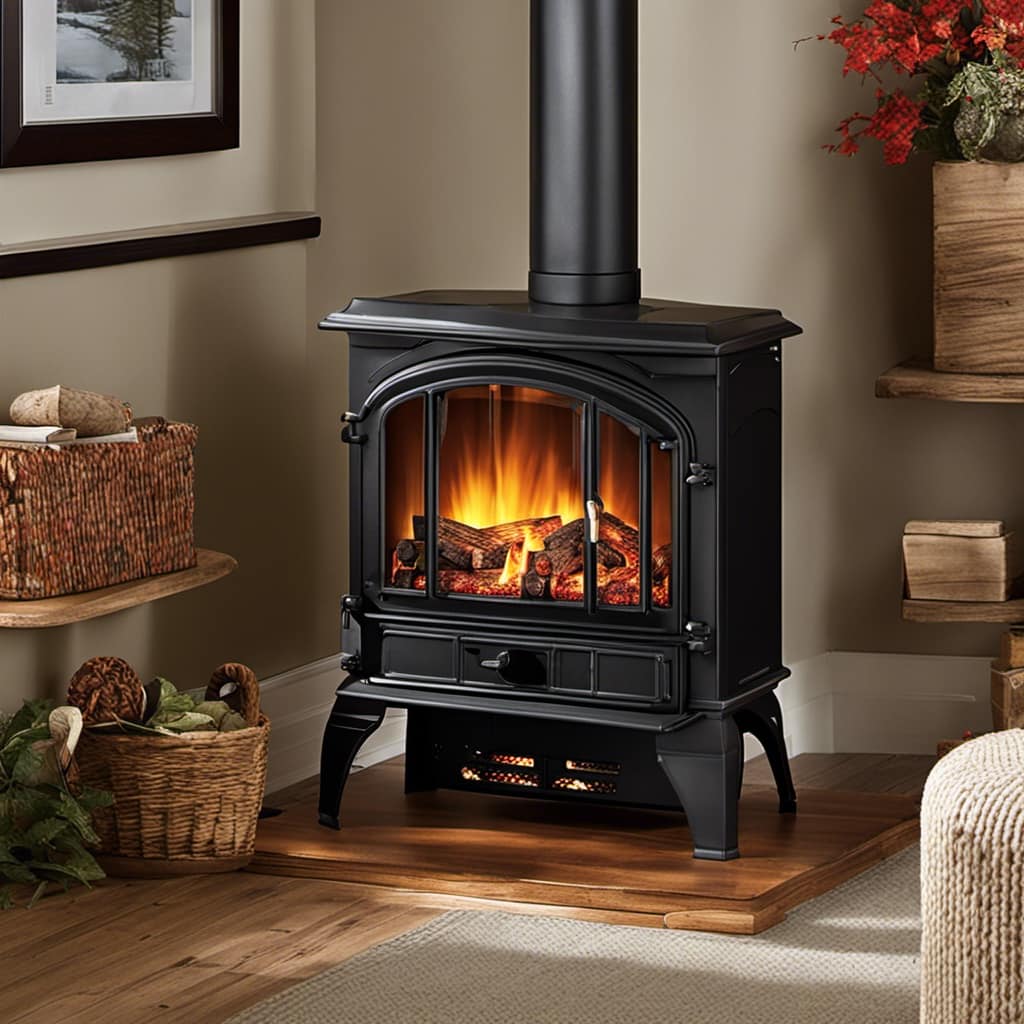
Can Downdraft in a Wood Stove Affect the Efficiency of the Heating Process?
Downdraft in a wood stove can significantly impact heating efficiency. It’s like trying to swim against a strong current – the airflow reversal can prevent proper combustion, leading to decreased heat output.
Are There Any Safety Concerns Associated With Downdraft in a Wood Stove?
There are safety concerns associated with downdraft in a wood stove. To prevent these concerns, it is important to implement proper ventilation and chimney maintenance to ensure the safe operation of the stove.
Can Weather Conditions Outside Affect Downdraft in a Wood Stove?
Weather conditions outside can have a significant impact on downdraft in a wood stove, particularly wind. To prevent downdraft during extreme weather, ensure proper ventilation, use a chimney cap, and consider installing a draft inducer.
Are There Any Alternative Methods to Prevent Downdraft in a Wood Stove Besides Installing a Stove Pipe Damper?
There are alternative methods for downdraft prevention in a wood stove besides installing a stove pipe damper. These methods can help improve airflow and reduce the likelihood of downdrafts occurring.
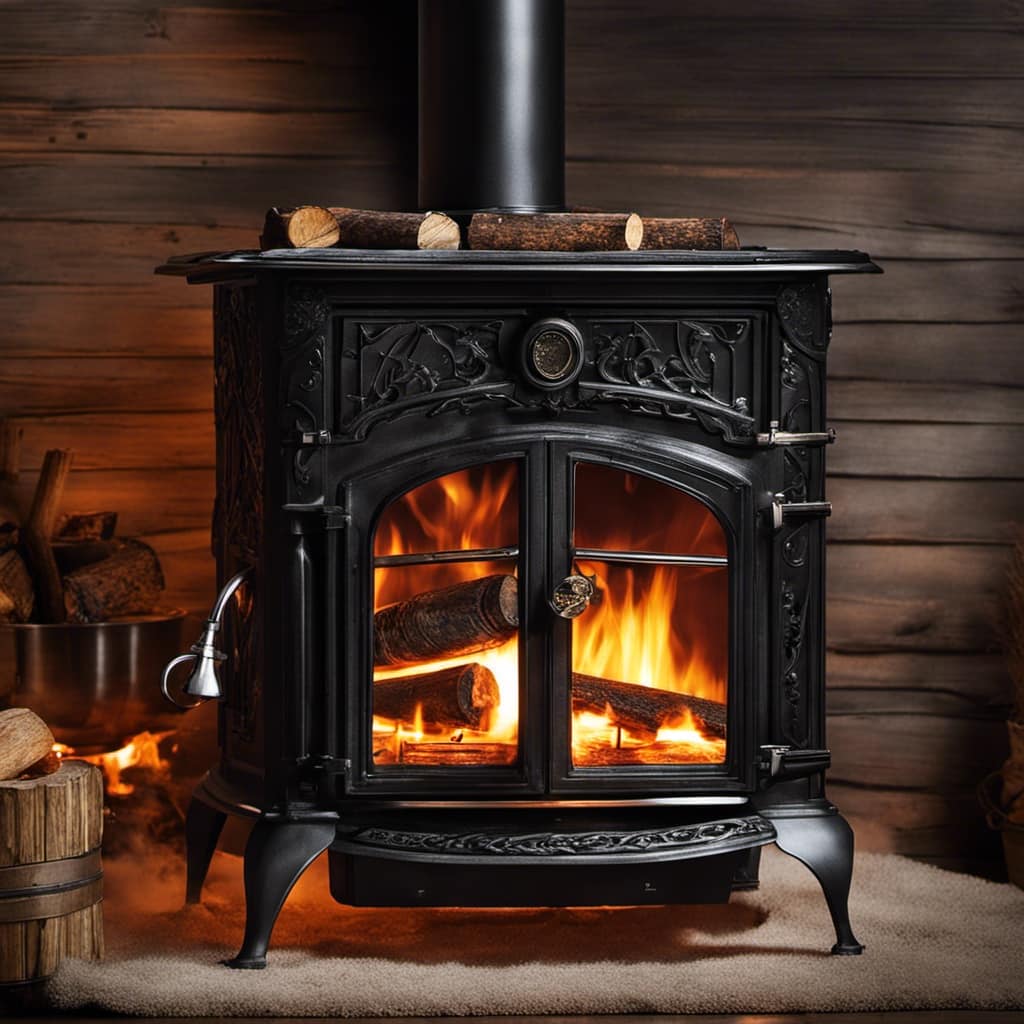
Conclusion
In conclusion, by understanding the causes of downdraft and assessing airflow in your wood stove, you can effectively prevent this issue.
Installing a stove pipe damper and utilizing external air supplies are additional measures that can be taken to combat downdraft.
By implementing these tips and tricks, you can ensure optimal performance and eliminate downdraft in your wood stove, allowing for a more enjoyable and efficient heating experience.
Growing up surrounded by the vast beauty of nature, Sierra was always drawn to the call of the wild. While others sought the comfort of the familiar, she ventured out, embracing the unpredictable and finding stories in the heartbeat of nature.
At the epicenter of every remarkable venture lies a dynamic team—a fusion of diverse talents, visions, and passions. The essence of Best Small Wood Stoves is crafted and refined by such a trio: Sierra, Logan, and Terra. Their collective expertise has transformed the platform into a leading authority on small wood stoves, radiating warmth and knowledge in equal measure.

